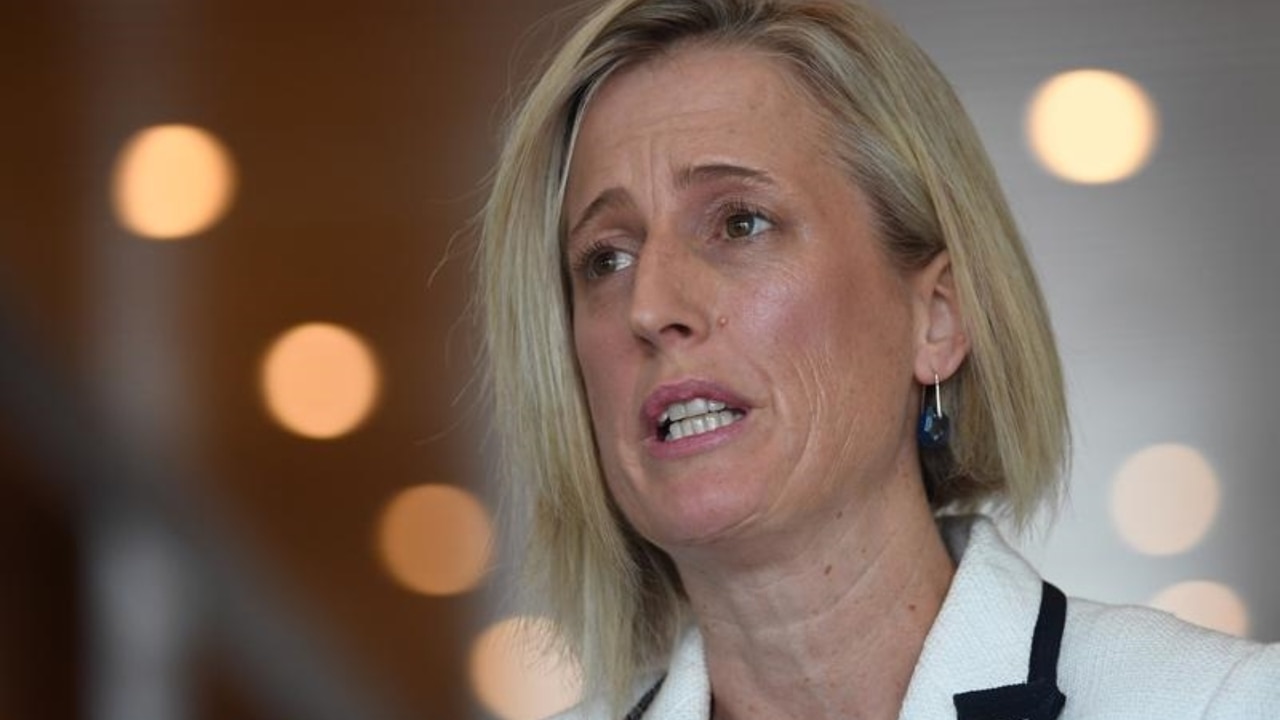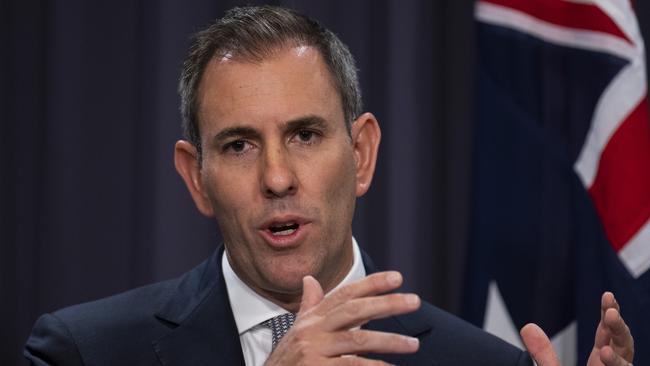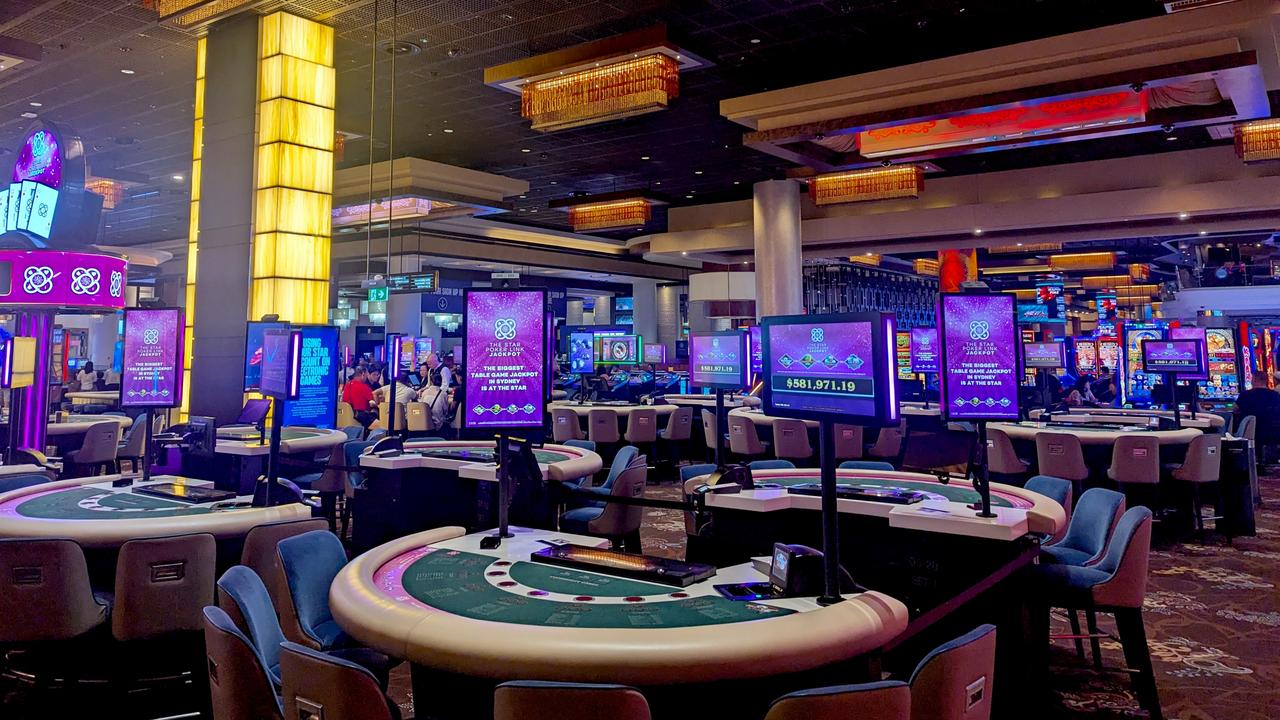
Cbus acting chief executive and chief investment officer Kristian Fok also says cutting-edge technology such as AI and machine learning is set to up-end investing. This means that super funds should not only be looking for investment opportunities in technology, but also at how the same technology has practical applications, such as powerful tools to analyse their vast portfolios with thousands of individual investments.
“For us it’s all about accessing information; then there’s the ability to process it, using those tools to be able to take this huge volume of information and actually help focus on it. We still believe there’s a human element but we can use technology to help,” Fok tells The Australian in an interview.
Cbus is one of the big five industry funds with $83bn under management. However, it is yet to crack the $100bn milestone. The sector is dominated by the $270bn AustralianSuper, Australian Retirement Trust ($240bn), UniSuper ($115bn) and Hostplus ($97bn).

Fok believes his fund can hit between $150bn to $200bn in five years without the need for further fund mergers. Last year Cbus absorbed the smaller industry fund Media Super and this week it finalises its merger with NSW-based Energy Industries Superannuation Scheme.
With commercial property expected to come under pressure as interest rates continue to rise globally, Fok stands by his fund’s valuation of property.
Cbus has a bigger skew to property investment, not only through its indirect investment portfolio but also through Cbus property development arm, which directly invests in building commercial and big-ticket apartments across Australia. High-profile investments include the $300m overhaul of the former David Jones store in Sydney and the massive, upmarket residential tower development on Spring St in Melbourne. Fok says valuations come down to the individual asset.
“As a general rule, lower-quality buildings probably are going to be under more pressure around valuations,” he said. “If you have a high-quality asset and really long leases, then valuations won’t be as impacted.” He says property isn’t immune to an economic downturn. “There will be some (impact), because it’s just the same as anything that’s priced and has some reference to interest rates.”
However Fok – who has headed Cbus investments for the past decade – says the property in his fund is revalued quarterly and with reference to similar transactions and tenancy profiles. This gives him confidence around how the fund is structured. “There is a distinction around forming a view around the outlook of a property and not having something properly valued,” he adds.
He points to the Cbus-backed luxury residential joint venture at 17 Spring St in Melbourne. The project has delivered a profit to the fund, with every apartment settling above valuation, even in the face of a year of interest rate rises.
In-house savings
Like most big funds and the Canberra-backed Future Fund, Cbus has been gradually bringing more of its funds management in-house. Not only does this save on fees but it also gives it greater control over investment performance. Fok also argues it creates more investment opportunities and offers better visibility over longer-term investments.
“If you do things well, but don’t get too distracted by the short term, then you can actually create value,” he says. “If there’s a market disruption you want to see through that noise and that’s when you buy. And you need to be ready for that.”
Since 2017, when Cbus started bringing fund managers in-house, he estimates the fund has saved more than $500m on investment fees, which has been reinvested.
Today 38 per cent of Cbus funds are managed in-house. This is up from less than 10 per cent five years ago when Cbus used outsourced investment management for almost everything it did, except cash and some property. In five years Fok hopes this ratio will hit 50 per cent.
Meanwhile all funds – industry and retail – are facing pressure from cash-poor governments to support big ticket projects. Treasurer Jim Chalmers in recent months has urged super funds to spend more on nation-building and environmentally sustainable energy projects. On Tuesday the Treasurer is expected to put more detail around affordable housing programs in the federal budget.

Regardless of the project, Fok says the bottom line doesn’t change. All investments need to deliver for members. “We’ve been very, very clear that it has to stack up from a risk and return perspective,” he says.
“We would do the same for any opportunity, such as if there’s an opportunity that’s overseas, we spend the time and say, ‘OK, well, how do we structure this in a way that makes sense for us?” he says. But proposals – even those coming from Canberra or state governments – can also represent opportunity if they are packaged right.
Affordable housing is one example that can work across a broader portfolio. If it delivers investment-grade returns underpinned by government, it then can represent a less-risky proposition than corporate exposure during economic downturns.
“Where are the defaults going to occur during times of stress? But affordable housing is actually going to be robust in those times. So even though it might look like it’s the same risk, actually it becomes very attractive,” he says.
“We’ve also said that we’ve got the people and resources that will turn our minds to something because if we can get in early, and the opportunity is good, that’s something for us to consider.”

Renewables is another area that will see Cbus allocate more funds in the next five years, but Fok maintains he will be selective.
Cbus has a 10 per cent stake in a giant wind farm project proposed for off the Gippsland coast in Victoria. But Fok says there are also substantial renewable opportunities beyond the obvious areas of batteries, wind or solar.
“There’s all these elements of the grid, that are separate from just putting in the clean energy aspects, to just actually coping with the fact that we’re electrifying things. As we transition to low carbon … they’re going to need investing in,” he says.
Cbus, which boasts more than 875,000 members, is also undergoing top-level change.
CEO Justin Arter, a former Goldmans Sachs banker, retired earlier this year and the board led by former Labor treasurer Wayne Swan has commenced a search. Cbus’s board has six employer group representatives and six union-backed representatives. Fok, who has held the acting role in recent months, says he has yet to work out whether he wants to put himself forward for the top job.
On current numbers Cbus has $3.5bn in cash coming through the door annually, which needs to be allocated into new investments. A greater proportion of the fresh funds will be sent offshore over the next five years, including property and private market investments.
Last year the fund’s flagship balanced option returned a negative 3.8 per cent – its fourth negative return in as many decades. Like most funds Cbus was caught as equity markets and bonds were savagely sold off as they adjusted to surging inflation. On a three year measure it has returned 5 per cent annually, 6.6 per cent over five years and nearly 9 per cent annually over 10 years. The longer term measure puts Cbus ahead of the broader average super industry returns of 7.5 per cent, according to funds tracker SuperRatings.
Given markets overshoot, Fok says members need to keep focused on the medium to long term, particularly is an environment where volatility is likely to remain baked-in for longer. This will also present opportunities for a large fund like Cbus. “If there’s a market disruption you want to see through that noise and that’s when you buy,” he says.







Super fund Cbus has an aspirational target to reach as much as $200bn in member funds in the next five years, and it plans to ramp up offshore investment while boosting infrastructure and private equity exposure locally. The building industry-backed fund has signed off on its latest five-year investment plan, laying out an ambitious bid to more than double funds while bringing at least half of its investment management team in-house.